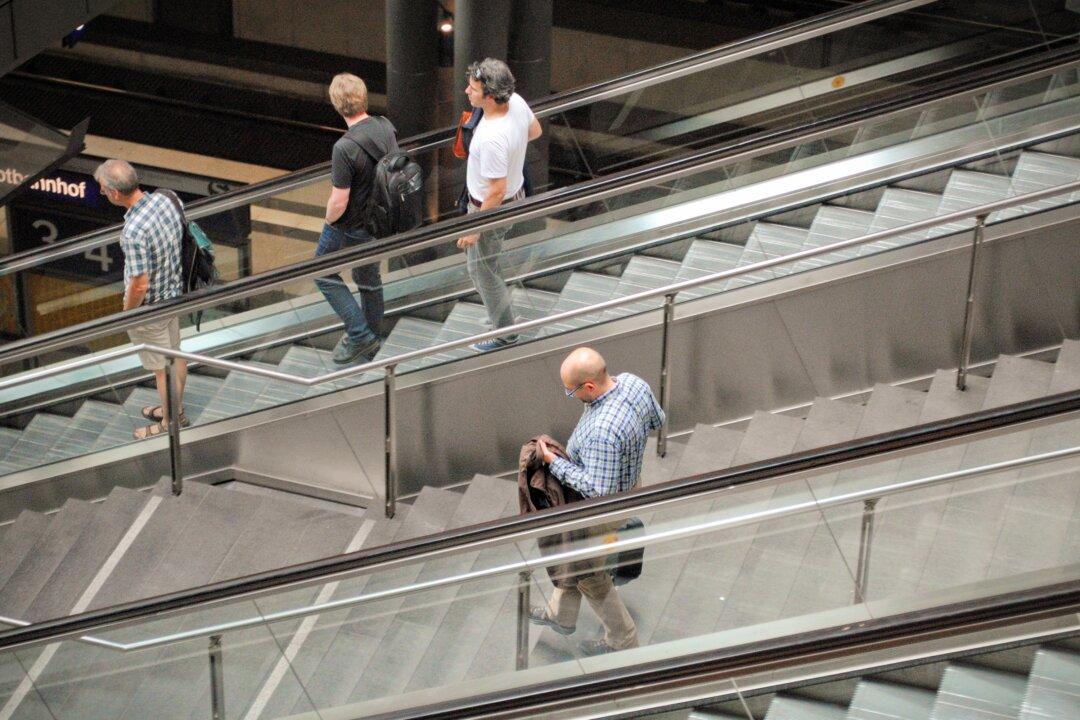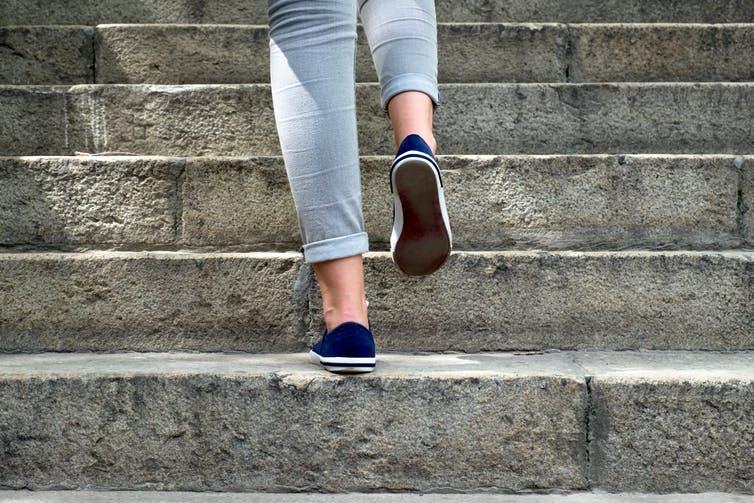Pretty much everyone knows that exercise helps people stay in good health. It staves off chronic illnesses such as type 2 diabetes and heart disease, and may even help us live longer.
Until recently, however, the prevailing view among both policy people and researchers was that you only got benefits from moderate to vigorous exercise, the kind that gets you at least slightly out of breath, such as brisk walking, doing a sport, or going to the gym. Health authorities and the media focused their public health messages accordingly.



